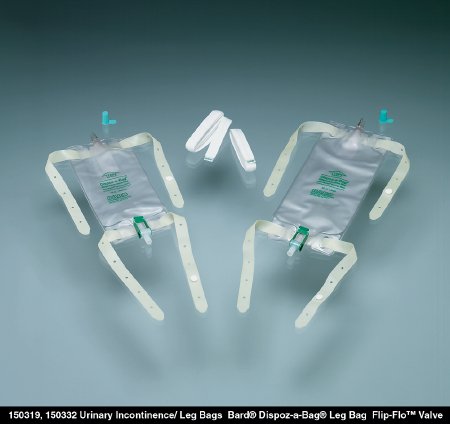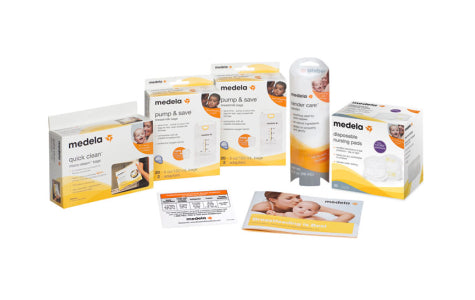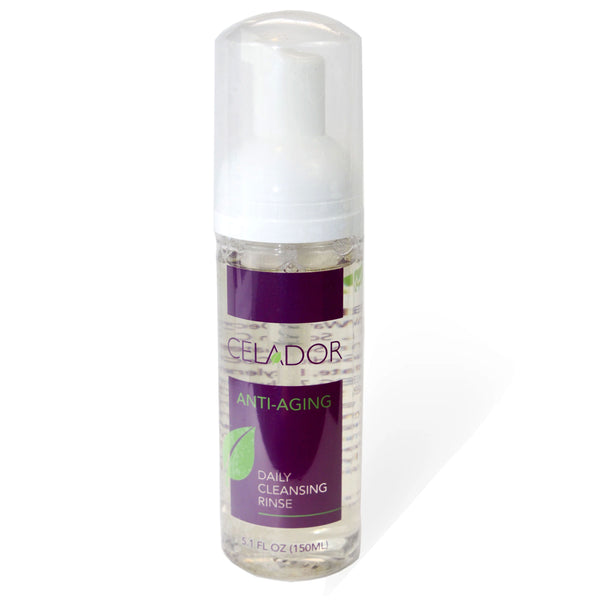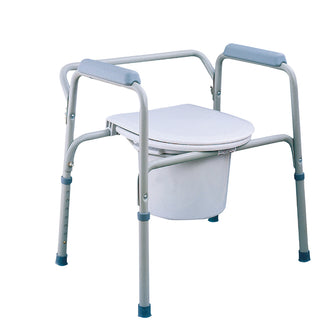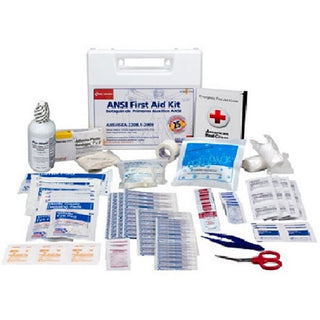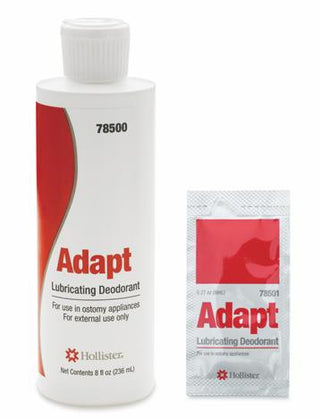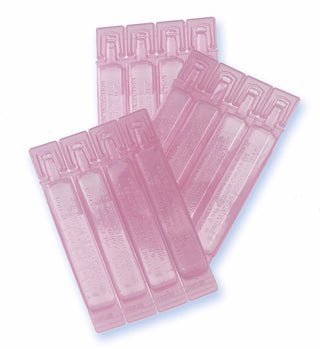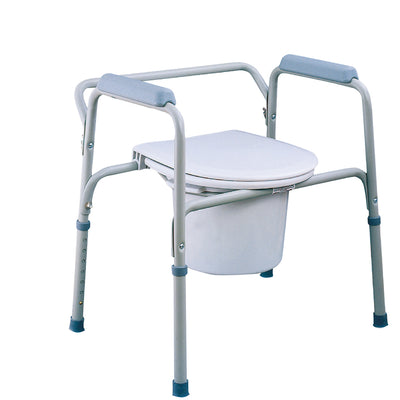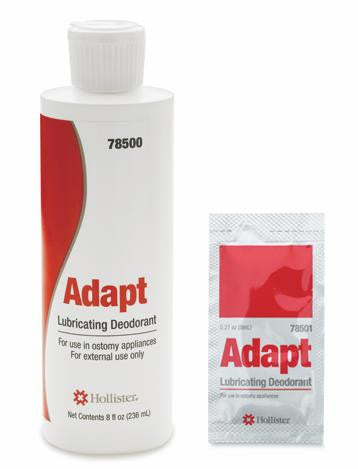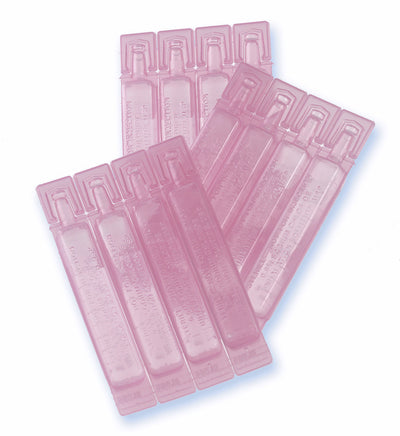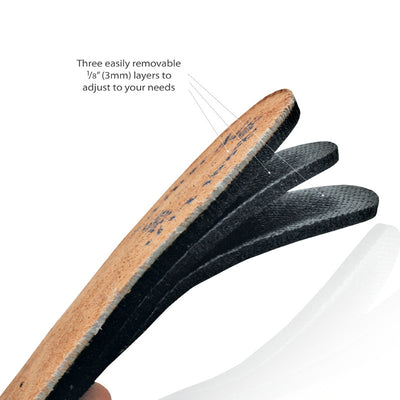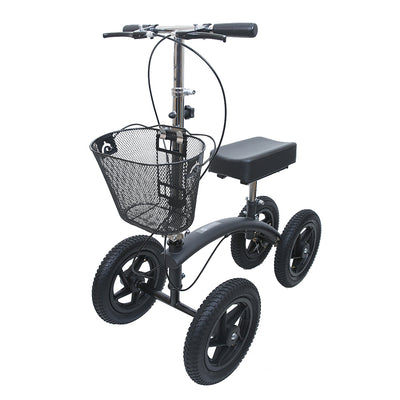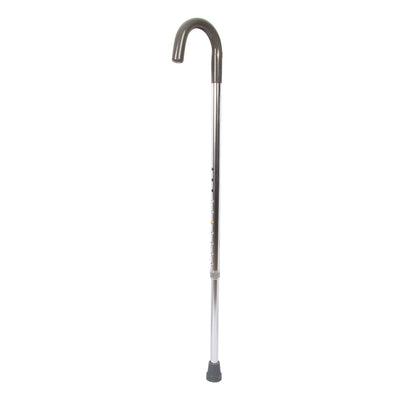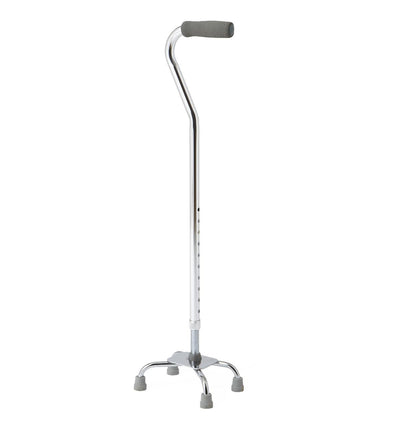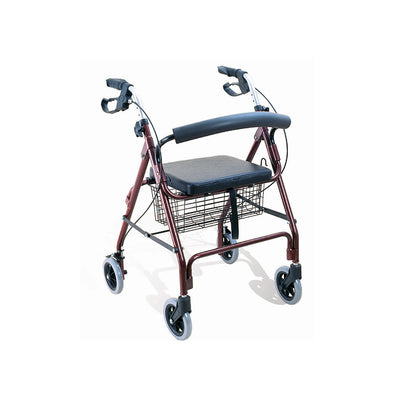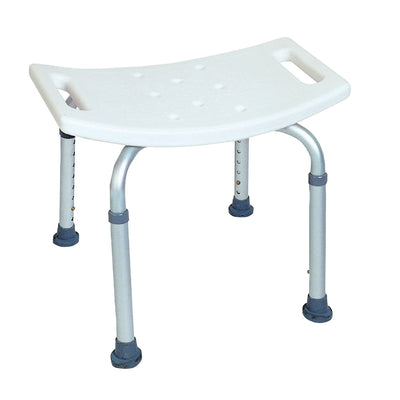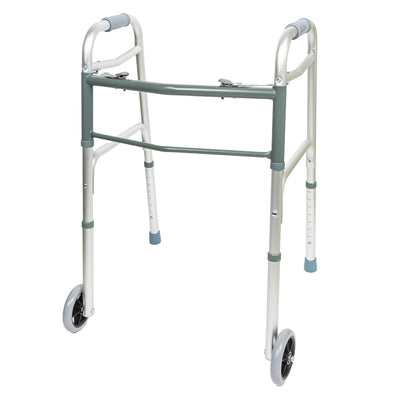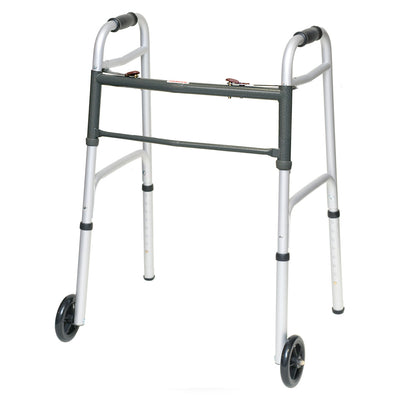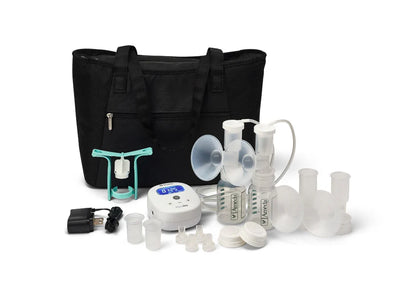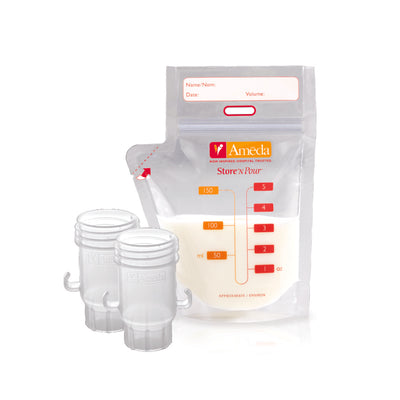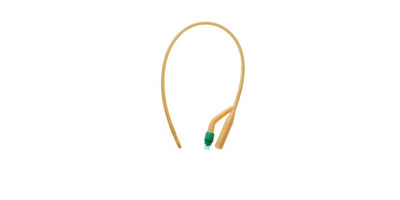The digital age has revolutionized the way we live, work, and interact, but it has also brought new mental health concerns that we must address. In this article, we’ll explore:
- How social media affects mental well-being
- The impact of screen time on stress and anxiety
- Digital burnout and its warning signs
- Strategies to maintain a healthy balance in the digital world
Let’s dive into the challenges and solutions for maintaining mental well-being in the digital age.
The Link Between Technology and Mental Health
1. Social Media and Mental Health: A Double-Edged Sword
Social media connects us like never before, but excessive use can lead to:
- Increased anxiety and depression due to constant comparison.
- Fear of missing out (FOMO) leading to stress.
- Cyberbullying and online harassment
-
Reduced real-life social interactions
2. Screen Time and Its Effect on Mental Health
Excessive screen time is linked to:
- Sleep disturbances from blue light exposure
- Increased stress levels due to constant notifications
-
Reduced attention span and difficulty concentrating
3. Digital Burnout: Recognizing the Signs
Burnout from excessive digital engagement can manifest as:
- Constant fatigue and exhaustion
- Feeling overwhelmed by digital responsibilities
- Lack of motivation to engage with online content
- Increased irritability and anxiety
Practical Strategies for Maintaining Mental Well-being
In today's hyperconnected world, protecting our mental health requires intentional strategies. Below are detailed approaches to help manage stress, reduce anxiety, and maintain a healthy relationship with technology.
Setting Healthy Boundaries with Technology
Boundaries are crucial to prevent digital overwhelm. Here’s how to establish a tech-life balance:
Limit Screen Time
- Use apps like Moment, Forest, or Digital Wellbeing to monitor and control screen time
- Set time limits on apps that drain mental energy (e.g., social media, news apps).
-
Schedule “offline hours”, such as before bedtime or during meals.
Create “Tech-Free” Zones
- Keep phones out of the bedroom to improve sleep.
- Establish a rule for no devices at the dining table to encourage real conversations.
-
Designate one day a week as a digital detox day.
Reduce Digital Distractions
- Use “Do Not Disturb” mode during work or relaxation hours.
- Turn off non-essential notifications to minimize stress.
- Schedule email and social media check-ins instead of responding instantly.
Practicing Mindfulness in the Digital World
Mindfulness helps us stay present and engaged rather than being mentally scattered by digital noise.
Mindful Tech Use
- Before opening an app, ask yourself: Do I really need to check this right now?
- Use the “one-screen rule”—focus on one device at a time to avoid multitasking.
-
Avoid doomscrolling by setting a timer when using social media.
Engage in Offline Activities
- Take nature walks to refresh your mind and reduce screen fatigue.
- Develop hobbies that don’t require screens, like reading, painting, or cooking.
-
Try journaling as an alternative to endless scrolling.
Practice Digital Mindfulness Exercises
- Use apps like Headspace or Calm for guided meditations.
- Try progressive muscle relaxation to release digital stress.
- Incorporate breathing exercises when feeling overwhelmed.
Digital Detox: When and How to Take a Break
A digital detox can reset your mental clarity and improve your emotional well-being.
Signs You Need a Digital Detox
- Feeling mentally exhausted after being online.
- Experiencing stress or anxiety when away from your phone.
- Constantly checking notifications even when there are none.
-
Struggling to focus on real-world tasks due to distractions.
How to Do a Digital Detox Effectively
- Start small – Reduce screen time by 30 minutes per day.
- Identify digital triggers – Notice which apps make you feel anxious or drained.
- Replace screen time – Swap phone use with hobbies or exercise.
- Use grayscale mode – Changing your phone’s display to black and white can make apps less appealing.
- Log out of social media – Reduce the temptation to mindlessly scroll.
Nurturing Healthy Online Relationships
Social interactions in the digital world can impact mental well-being. Here’s how to build positive online relationships:
Connect with Purpose
- Follow accounts that inspire and uplift rather than trigger negative emotions.
- Prioritize quality interactions over passive scrolling.
-
Avoid online arguments and negativity that lead to stress.
Manage Toxic Digital Relationships
- Unfollow or mute accounts that negatively affect your mental health.
- Set boundaries with demanding contacts who expect instant replies.
- Take breaks from messaging apps to prevent constant digital fatigue.
Using Technology for Mental Wellness
Not all tech is harmful—when used wisely, digital tools can support mental well-being.
Best Apps for Mental Health
- Headspace & Calm – Guided meditation and stress relief.
- Forest – Helps reduce screen time by rewarding focus.
- Daylio – A mood-tracking app for emotional well-being.
-
Woebot – A chatbot offering cognitive behavioral therapy (CBT) techniques.
Teletherapy and Online Support Groups
- Seek licensed therapists through online platforms like BetterHelp or Talkspace.
- Join support communities focused on mental health and well-being.
Final Thoughts
The digital age presents unique mental health challenges, but with awareness and proactive strategies, we can maintain a healthy relationship with technology. Setting boundaries, practicing mindfulness, and taking regular digital detoxes can help us navigate the online world without compromising our well-being.
Did you know: Just a 30-minute reduction in daily screen time can significantly improve mood and reduce stress levels? Try it and feel the difference!








